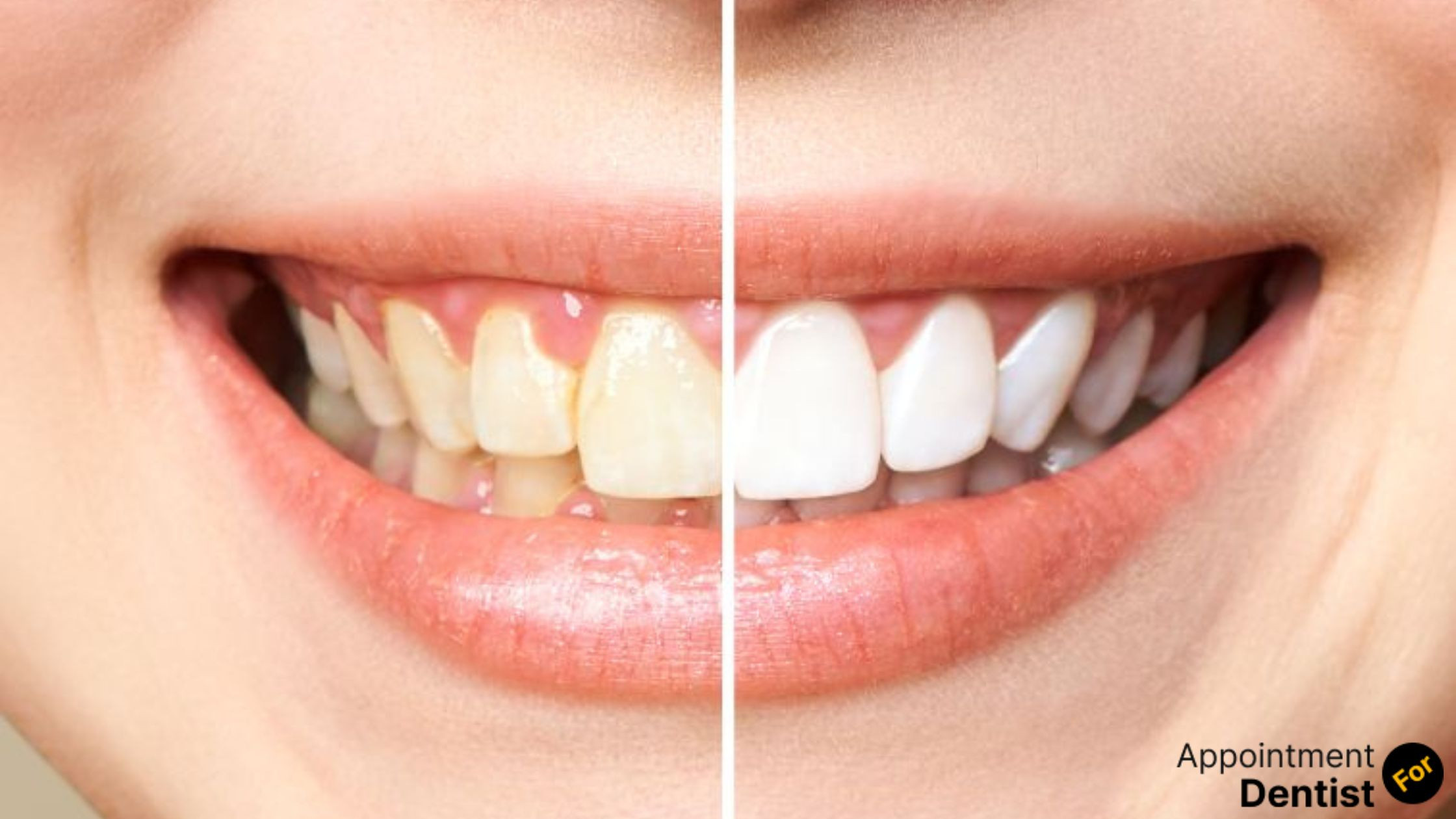Causes and Treatments for Dental Fluorosis
Posted on July 27, 2024 by Admin

Dental fluorosis is the condition of poor appearance and health of teeth due to excessive intake of fluoride during the developmental period of teeth. This mainly happens in the form of tooth discoloration with enamel mottling, ranging from mild white spots to severe brownish staining. As this particularly occurs during childhood, when teeth are under formation, it is caused by the ingestion of an abnormally large amount of fluoride from several sources.
Causes of Dental Fluorosis
Ingestion of fluoride is the most common cause of dental fluorosis during tooth formation. This can occur in various ways, such as:
- Fluoridated Water: Drinking water that contains concentrated levels of fluoride, mainly in areas where the natural water contains fluoride or has been added to the water supply in order to promote good teeth and bones.
- Dietary Supplements: High intakes of fluoride supplements or fluoride-containing foods, drinks like tea, certain seafood.
- Dental Products: High consumption of huge amounts of fluoride toothpaste or mouth rinses; more so in children who have yet to learn how to spit out the toothpaste from their mouths.
- Environmental Exposure: Inhalation and accidental ingestion of industrial fluorinated pollutants and pesticides.
Symptoms and Diagnosis
Various signs and symptoms associated with dental fluorosis include mildly noticeable white streaks on teeth, which at a severe stage manifest as brown discoloration and pitting. It is usually diagnosed by a dentist after he has examined your teeth, and undoubtedly, he will most probably ask you questions relating to fluoride exposure history.

Treatment Options
- Mild Cases: In mild cases, treatment would not be required as the stains are very faint and do not cause any threat to the health of teeth.
- Whitening Treatments: Aesthetics of teeth with moderate fluorosis can be improved by whitening treatments performed by professionals.
- Bonding or Veneers: Bonding or veneers may be done to the stain in such severe cases of fluorosis to give it a uniform look.
- Prevention: Of all, prevention is of the utmost importance, especially for children, by checking the intake of fluoride coming from all sources. Also, the correct amount of fluoride toothpaste and mouthwash should be used by children and they should be supervised by an adult.
Conclusion
Dental fluorosis is a condition where exposure to excess fluoride occurs during the years of tooth development, leading to discoloration, mottling, and staining of teeth. While monitoring fluoride intake is an ideal measure to avoid the problem, treatment options vary depending upon the severity of the condition. Most people, if armed with some knowledge of the causes and treatments, could quite independently avoid or even manage dental fluorosis and its effects on their oral health and smile aesthetics. If you think you or your child has fluorosis, start by seeing your dentist for a checkup. He or she can assess your situation and then come up with a treatment plan.
Faqs
-
1. What are the causes of dental fluorosis?
Dental fluorosis is caused essentially by an excessive intake of fluoride during the period of tooth development. Fluoridated water, fluoride supplements, foods and beverages containing high amounts of fluoride, and dental products like toothpaste and mouthwash are common causes.
-
2. What are the signs and symptoms of dental fluorosis?
The symptoms of dental fluorosis range from mild to severe and may appear as follows :
- Mild fluorosis: White spots or streaks on teeth
- Moderate to severe fluorosis: Yellow or brown stains and pits in the enamel
- Enamel surface rough and pitted
-
3. Can dental fluorosis be prevented?
Yes, one can prevent dental fluorosis through observing the amounts of fluoride intake, more so in children. This includes:
- Employing non-fluoride or low-fluoride toothpaste in young children who swallow toothpaste
- Follow-up depending on the concentration of fluoride in drinking water from a high natural fluoride area or one that has fluoridated
- Monitoring by a dentist, in case fluoride supplements are recommended
- Educating the children to expectorate the toothpaste while brushing and not to swallow it.
-
4. What is the diagnosis of dental fluorosis?
In most of the cases, the dentist makes the diagnosis by the visual examination of the teeth and by obtaining the history of fluoride exposure of the patient. To check damage in the enamel, X-rays may sometimes be ordered in severe cases.
-
5. Treatment modalities in dental fluorosis?
The treatment mode of dental fluorosis depends upon how bad the damage to the teeth is. These include:
No treatment. Mild cases in general do not require any treatment, as such blemishes are not of cosmetic concern and do not affect dental health to large extents.
Whitening treatments. For such moderate cases of fluorosis, professional whitening may help improve the appearance of teeth.
- Bonding or veneers: In bad cases, bonding or veneers may be required to mask such discolorations and give uniformity.
- Prevention: Prevention is the watchword where fluoride intake and good oral hygiene are concerned.
Recent Post
- The Importance of Oral Health Education for Children
- How to Choose the Right Orthodontic Treatment for Adults
- The Link Between Oral Health and Stroke Risk
- How to Address and Prevent Gum Recession
- Innovations in Dental Anesthesia: Pain-Free Procedures
- The Role of Saliva in Oral Health: Functions and Disorders
- Exploring Holistic Dentistry: What You Need to Know
- How Oral Health Affects Your Immune System
- The Benefits of Using Dental Probiotics
- Oral Health and Pregnancy: Myths and Facts